Matej
Multiuniversal creator
I will try to make last photos of this bird before its retirement next days.
VTOLicious said:...there would be resistance to making a European Prime the lead
That's for sure! ;D
but its current dynamic layout has a significant number of risks when considered for tactical military operations
What exactly do you mean?
Just for the sake of completeness: I'm no X3 fanboy...what I see is a very well performing tech demonstrator based on a proven production model - imho the perfect performance comparision and a solid basis to start follow on developments.
yasotay said:VTOLicious said:...there would be resistance to making a European Prime the lead
That's for sure! ;D
but its current dynamic layout has a significant number of risks when considered for tactical military operations
What exactly do you mean?
Just for the sake of completeness: I'm no X3 fanboy...what I see is a very well performing tech demonstrator based on a proven production model - imho the perfect performance comparision and a solid basis to start follow on developments.
My concerns as to the tactical applicability of the current layout are twofold, both in regards to the dynamic components. The low-slung position of the props is a safety hazard in a field environment. Operating the aircraft at night to do insertion and extraction of troops puts soldiers at risk of walking or running into the propellers. This is even more compounded if the troops are being extracted after spending days in a combat environment; even worse if the enemy is still shooting at them. Even if you put lights on the propellers and tell the troops to stay away from the whirling circles of death, it is not enough of a safety margin. I have had the misfortune of knowing of more than one instance where soldier got decapitated by rotor systems, even when they had been clearly warned of the danger. Combat does funny things to peoples mental capacity so just because soldiers should know does not mean that they will remember. Second, landing zones that have not had adequate reconnaissance done on them are fraught with potential risks. Putting a landing gear into a hole, significant amounts of debris or tree stumps hiding in tall grass are all issues compounding the risk for an X3 rotorcraft in its current configuration. I have personally almost impaled a helicopter on a tree stump that I was assured was not there. Soldiers having the option of marching another five kilometers to another pick up zone or accepting that the aircrews will see any real dangers and avoid them, have led to more than one broken aircraft.
At least in a civil environment you have more control of where the passengers go and less probability of having an ugly landing zone full of things that want to eat your helicopter.
AeroFranz said:hmmm... i guess a partial solution would be ducted units? better static thrust but worse high speed characteristics.
AeroFranz said:ok, quasi-AVX. No co-ax
An interesting note; in the briefing on the X3 during its US demo the Test Pilot said that the aircraft had sufficient yaw authority with one prop inoperative.AeroFranz said:Ok, i see what you mean. Not to split hairs, but in the X^3 case, the wings are carrying lift, they're sized to take (my guess) 3g's+. The shafts and pod/prop at the wingtip is yes added weight, but also inertial relief, which helps. Anyway, if you are designing for compound operations with wings taking a good percentage of the weight, then you've already accepted some beefy structure in the wings.
As a side note, the AVX concept can do without an anti-torque device because of the co-ax. However, that configuration usually has low directional stability (hence the large fins sported by Kamov helos). The ducted fans, even with their short moment arm, can provide added yaw stability, either by virtue of the stabilizing effect of pusher configurations, or using differential thrust.
In the X^3 case, of course, the long wing is sorely needed to provide some moment arm since the props are the only yaw effector. I'm not sure what Eurocopter can do to position those props in a safer location.
Matej said:Stephane, I was exactly there when you first called me
AeroFranz said:Would look good if they ever made another TRON movie...
However i doubt a production machine would look like that
The new craft, whose design was frozen last summer ahead of its construction phase starting this year, is intended as a “mission demonstrator”: roughly one step ahead of a prototype but not yet a model for a production aircraft. It was designed as part of Airbus’s commitment to Clean Sky 2: a major European Union project to develop aircraft with reduced impact on the environment in terms of their fuel consumption, carbon emissions (these two are, of course, linked) and noise. Because of this, it is generally known simply as the Clean Sky 2 rotorcraft.
totoro said:What are advantages of having two props as depicted in these images over the single pusher prop at the end of the tail, as in Sikorsky's Raider's example?
VTOLicious said:totoro said:What are advantages of having two props as depicted in these images over the single pusher prop at the end of the tail, as in Sikorsky's Raider's example?
Both concepts have design inherent pros and cons. I think the X³-concept would be rather applicable for heavy-lift transporters with a rear ramp.
BR Michael
totoro said:What are advantages of having two props as depicted in these images over the single pusher prop at the end of the tail, as in Sikorsky's Raider's example?
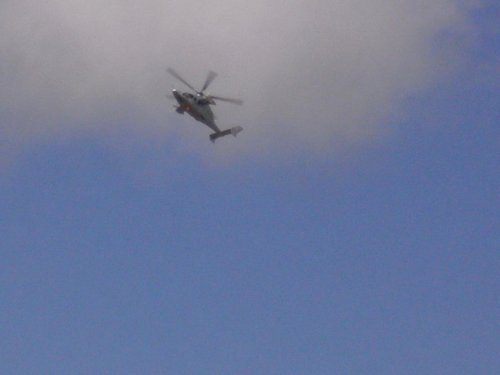
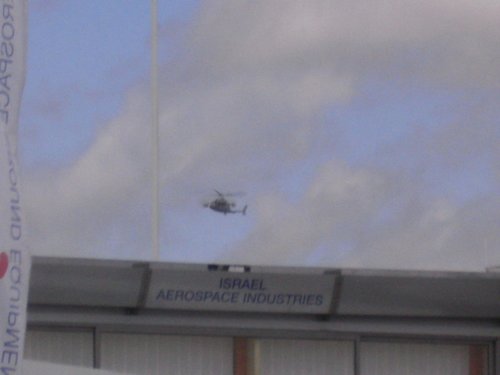
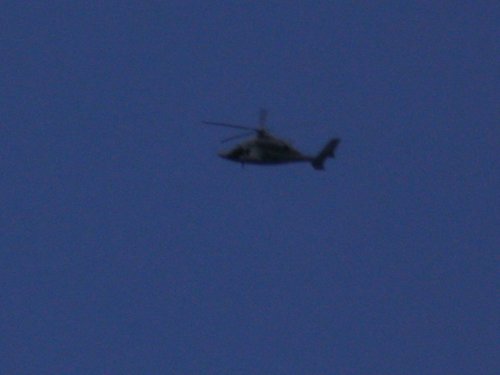
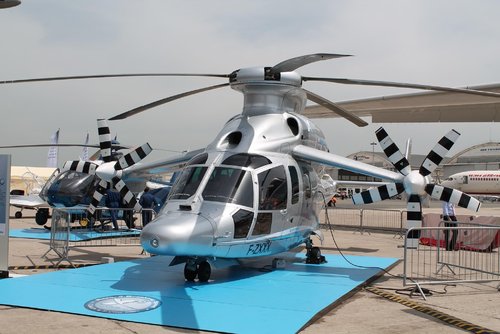
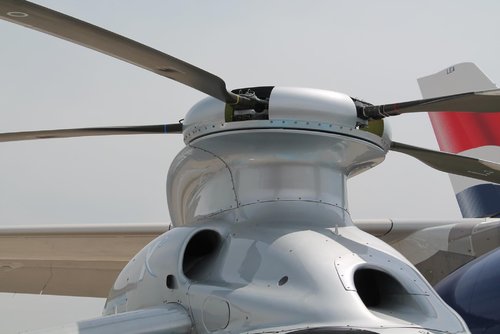
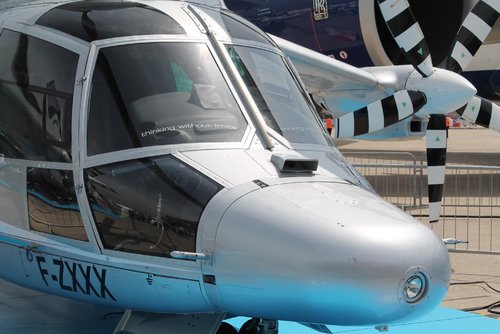
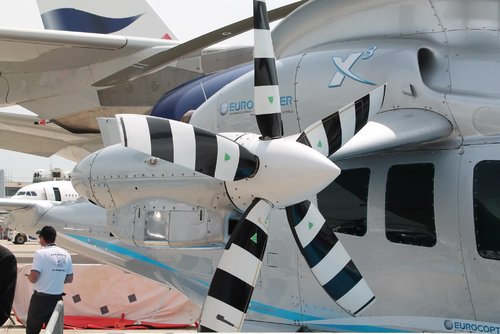
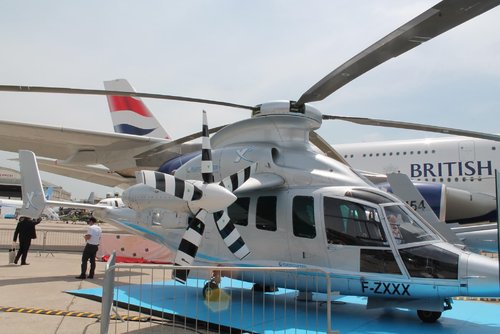
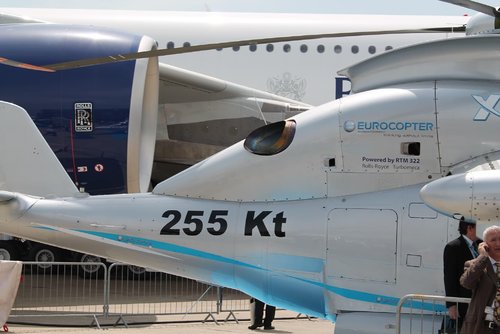
Also it was only a few years ago, the X3 was offered to the US ArmyThanks for sharing. I also was able to see the X3 in flight, although Huntsville Alabama is not quite the venue as the Paris Air Show. Nor did it do the same spectacular air demonstration. Still it did seem a solid aircraft and it performed as advertised.

Thanks for sharing. I also was able to see the X3 in flight, although Huntsville Alabama is not quite the venue as the Paris Air Show. Nor did it do the same spectacular air demonstration. Still it did seem a solid aircraft and it performed as advertised.
